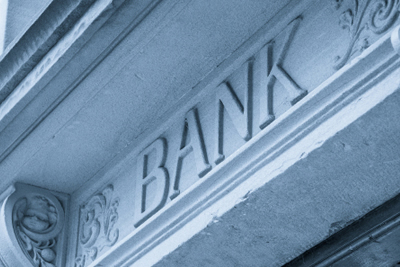UNCTAD's Trade and Development Report 2019 maintains that it is public banking that does the heavy lifting and hence public banking should be better supported for the future.
Public banking should be given back its traditional, bigger role if the environmental and economic landscape is to be transformed by 2030, argues UNCTAD’s Trade and Development Report 2019 released today.
Efforts to leverage private finance by channelling public money through global banking giants or shadow banking will more likely introduce new costs and vulnerabilities than finance investments in cleaner and greener energy, jobs and development.
The report calls for banking to change its game, rejecting today’s financialized markets, which have consistently focused on speculative activities and under-served productive sectors. UNCTAD maintains that it is public banking that does the heavy lifting and hence public banking should be better supported for the future.
Public banks are designed to be different from private banks; to focus on long-term projects whose benefits exceed purely commercial returns and on sectors and locations that private finance ignores. And despite the constant ideological barrage, public banks in many countries are already doing this, especially in the developing world where Southern-led and Southern-oriented banks and funds have added hundreds of billions of dollars of loans to development.
However, UNCTAD’s analysis shows that public and especially development banks are insufficiently capitalized to scale up their required role. Some banks are highly engaged – with outstanding loans by the China Development Bank at over 13.4% of China’s GDP and the Korean Development Bank at 10.5% of Korea’s GDP, but other public banks in countries such as India, Malaysia, Mexico, the Russian Federation and South Africa have anorexic loan portfolios at just between 1% and 2% of their countries’ GDPs. This is too low for the Sustainable Development Goals or for a Global Green New Deal.
Another constraining factor is many banks’ low loan-to-equity ratio. This is particularly problematic in development banks that raise resources in national and international capital markets. Since banks have a fixed capital base, the scale of their lending is limited by how markets view their solvency, which to a large extent depends on their credit ratings. Banks’ efforts to achieve high ratings are unnecessarily constraining their lending by up to US$1 trillion, according to estimates from Credit Rating Agencies (CRAs) themselves.
The report argues that greater policy support is essential to build on the positive opportunities public banking is already creating. Suggested actions include:
Freeing central banks from their narrow focus on price stability/inflation targeting, so they can recover their historical, bolder role and support a Global Green New Deal. This should include creating and guiding credit toward greener activities; including issuing green bonds and, if necessary, acting as a buyer of last resort.
Giving development and other public banks more capital so they can scale up lending, including by direct financing and enabling banks to reinvest their profits.
Directing resources of sovereign wealth funds, whose assets under management are estimated at $7.9 trillion, towards developmental needs including through supporting development banks.
Ensuring the regulatory framework for banks better considers public and especially development banks; the latter should be left outside of the Basel framework or given special treatment in recognition of their distinctive features and mandates.
A review by governments of their own requirements for their banks to achieve super high credit ratings; an external review by a credible international body of development finance institutions in a way that CRAs cannot be expected to do.
Where some green credit creation and guidance mechanisms (e.g. quantitative easing) may not be feasible for developing countries (due to the risk of provoking exchange-rate and balance-of-payment crises), banks using them in advanced countries could broaden their reach to support green investments in developing countries.
Public banking should be supported by a clear mandate from governments and performance indicators and accountability mechanisms that value long-term social and development returns and not just financial ones.
Public banks should not become diverted from their purpose. This is a concern with some scaling up approaches being promoted, such as the ‘cascade’ of conditions and guarantees associated with World bank loans, and the return of ‘slice and dice’ or collateralized loan obligations.



